Dental braces are devices that align and straighten teeth and help position them with regard to a person’s bite, while also aiming to improve dental health. Braces also fix gaps. They are used to correct under bites, as well as malocclusions, overbites, open bites, deep bites, cross bites, crooked teeth, and various other flaws of the teeth and jaw. Braces have constant pressures which, over time, move teeth into the desired positions.
Braces and Aligners
What are Dental Braces?
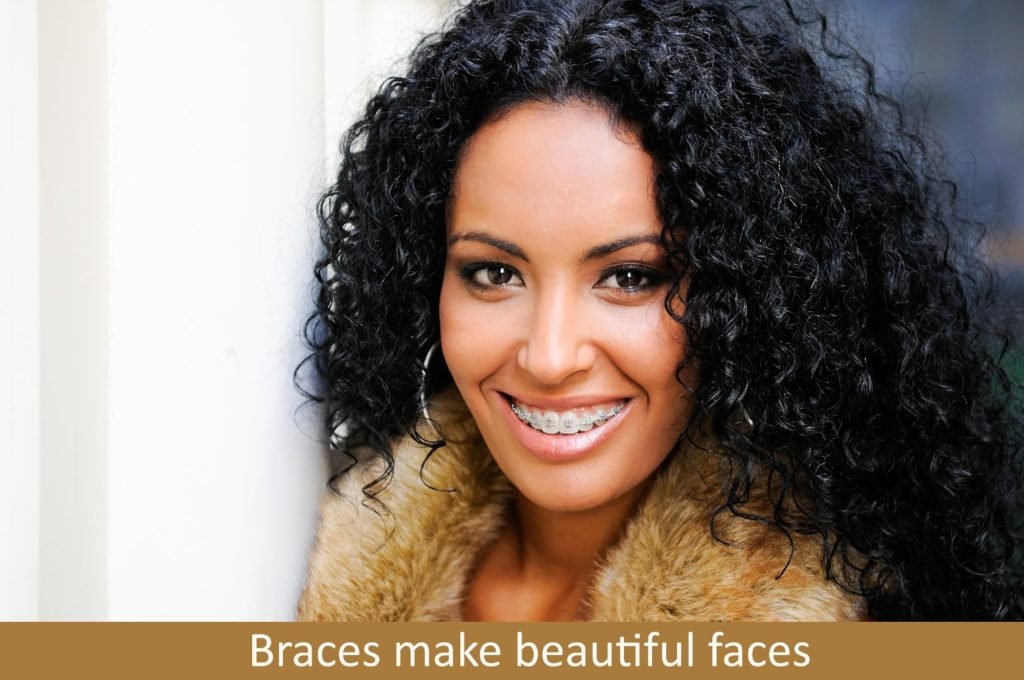
Metal braces:
Metal braces are the most common and traditional type of braces. They are typically made out of stainless steel. Metal brackets are fixed (bonded) onto the teeth and secure a wire with elastic ties made out of rubber.
Benefits of metal braces:
- They’re one of the most effective methods of teeth straightening,
- Especially if you require extensive treatment, and are more cost effective.
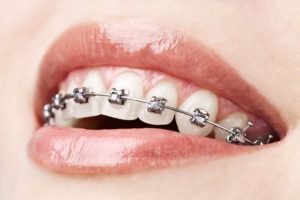
Ceramic braces:
Ceramic braces provide a cosmetic alternative to the metal wired braces. The brackets are ceramic to match the shade of teeth and clear elastic ties are used. The downside to ceramic braces is that they are more prone to breakage compared to the metal braces.
Benefits of Ceramic Braces:
- No discoloration through the treatment as the ceramic brackets are stain-resistant
- Because they match the color of the teeth, they blend in and are less noticeable
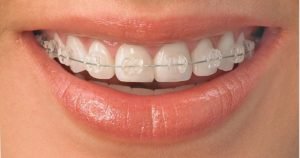
Lingual braces:
Lingual braces are braces that are placed on the lingual surface (backside) of the teeth and are not easily visible. This is mainly for cosmetic purposes and usually lengthens the time for treatment.
Benefits of Lingual Braces:
- These are fixed on the inner surfaces of the teeth and are therefore invisible
- They work in the same way as traditional braces except that they are invisible
- These aren’t removable, so they work 24/7 to give you the perfect smile
- Lingual braces are customized with intelligent wires and brackets for you to achieve the individual result you desire
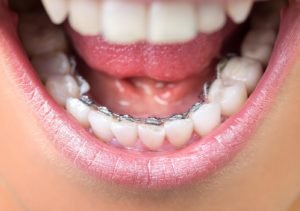
Invisalign
Invisalign is an alternative to traditional braces. It makes teeth straightening convenient, safe and comfortable. Since it is almost invisible, people who are hesitant about braces prefer it. Invisalign provides custom-made aligners that gently shift your teeth in place. These aligners have no metal brackets or wires and are removable for your convenience.
Benefits of Invisalign:
- Transparent aligners
- Removable
- Easy to clean and help maintain oral hygiene
- Enjoy all type of foods
- Fewer visits to the dentist
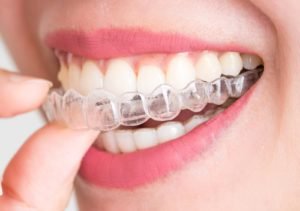
In order to prevent the teeth from moving back to their original position, retainers are worn once the treatment is complete. Retainers help in maintaining and stabilizing the position of teeth long enough to permit reorganization of the supporting structures after the active phase of orthodontic therapy. If the patient does not wear the retainer appropriately and/or for the right amount of time, the teeth may move towards their previous position.
There are two types of retainers after braces: Fixed and removable.
The fixed type of retainer is usually a thin wire worn across the back of the lower or upper front teeth, which is bonded in place with cement similar to that applied on the brackets of braces.
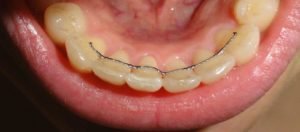
The removable type of retainer is usually a combination of a wire going across the front of the lower or upper front teeth held in place with a combination of acrylic material and hooks (or clasps) that insert in and around the back teeth to hold the retainer in place.
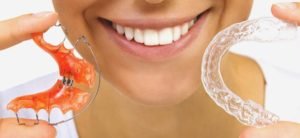
Frequently asked questions
Why is treatment so important?
Crooked and crowded teeth are hard to clean and maintain. A bad bite can also cause abnormal wear of tooth surfaces, difficulty in chewing and/or speaking, and excess stress on supporting bone and gum tissue. Without treatment, many problems become worse and can require additional dental care later in life.
What age is best for braces?
Patients with orthodontic problems can benefit from treatment at nearly any age. An ideal time for placement of braces is between 10 and 14 years of age, while the head and mouth are still growing and teeth are more conducive to straightening.
Are braces painful?
You are not in constant pain and discomfort while you are wearing braces. However, you might feel some discomfort right after the orthodontist first puts the braces and when you get the wires tightened.
Will I need to have any teeth extracted?
If your teeth are severely crowded because your mouth is too small to properly accommodate all of them or if you have impacted teeth (teeth that are trapped beneath the gum line by other teeth) then extraction may be necessary. In the case of younger patients, early treatment may make extraction unnecessary.
How long will I be in braces?
Treatment time obviously depends on each patient’s specific orthodontic needs. In general, treatment time lasts from 6 months to 30 months and varies based on individual treatment complexity, needs, and personal treatment goals.
Will I have to watch what I eat?
Yes — you should pass up the types of foods that could damage or become trapped in your braces. Some of these include raw vegetables, hard candy, caramel
How often will I come in for an appointment?
It depends on what’s being done, and how often you need to be monitored. During active treatment, you’ll typically visit the clinic once every 4 to 10 weeks.
Do I still need to see my regular dentist while I'm getting orthodontic treatment?
Yes, Keeping teeth free of plaque (and potentially, decay) can be challenging when you’re wearing braces. Your dentist can help you avoid these problems with frequent cleanings and exams.
Will I wear a retainer when my braces removed?
If you don’t wear a retainer, your teeth can rapidly shift out of position — and then all the effort put into your treatment is lost! Your retainer helps you maintain that good-looking smile for a lifetime.

